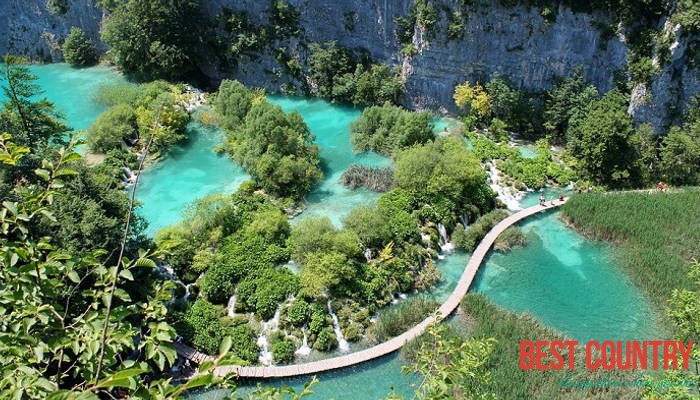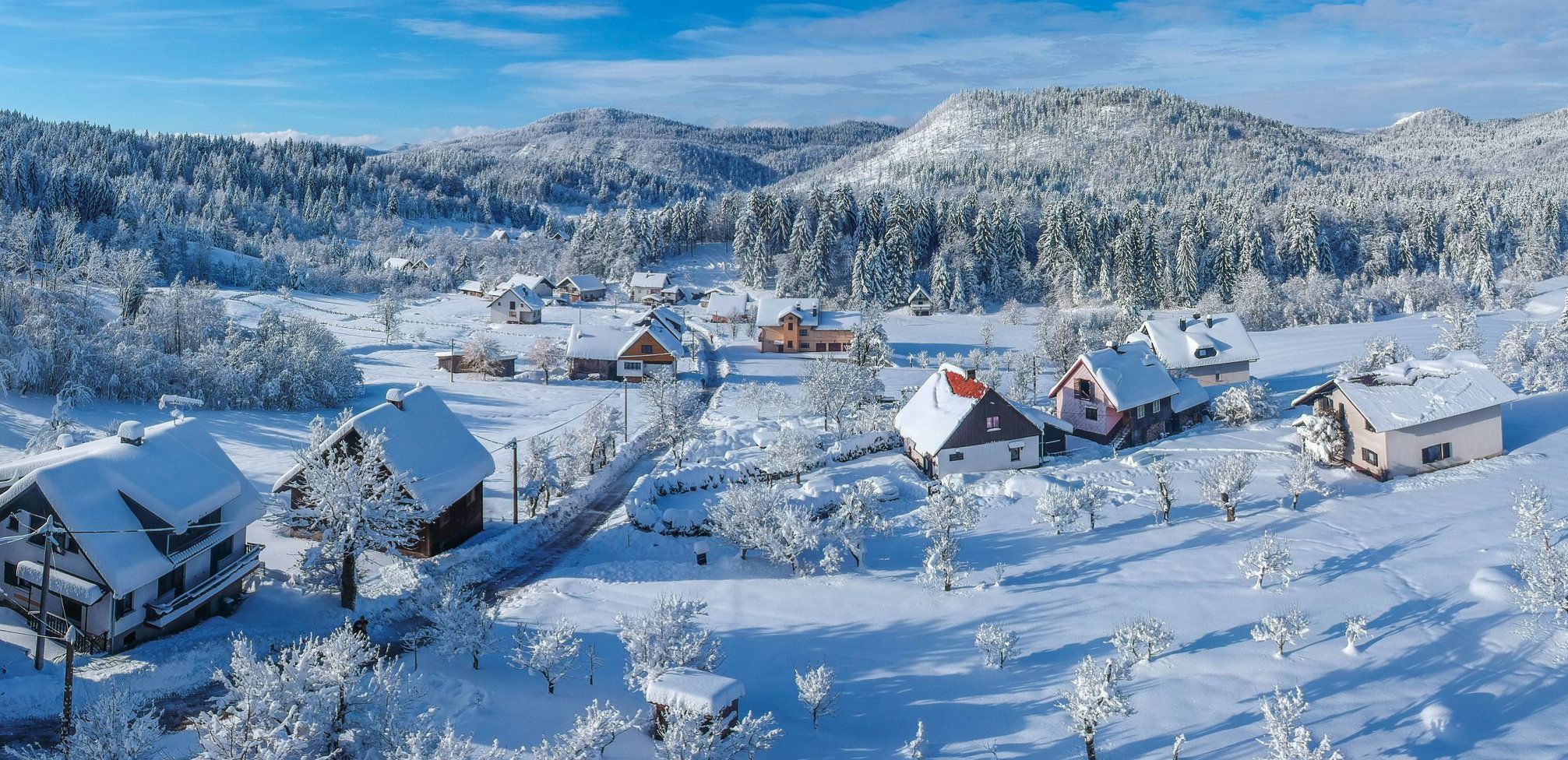Climate of Croatia

This region has a Mediterranean type of climate with mild winters and warm, sometimes even hot and sunny summers.
The coast is backed by the high mountains of the Dinaric Alps - rising up to 1800 m ( Velebit, Biokovo…) Winter rainfall in this part of Croatia is quite heavy.
 The most unpleasant feature of the coastal Croatia’s winter weather is a cold and brisk wind, the BURA.
The most unpleasant feature of the coastal Croatia’s winter weather is a cold and brisk wind, the BURA.
Bura brings cold air from central and Eastern Europe down to the coast for a few days at a time. Bura is very strong in the north of the Adriatic Sea around Gulf of Kvarner and North Dalmatia.
Summers on this part of Croatian coast are not completely rainless, and the bright and sunny weather is sometimes disturbed by thunderstorms so having a light waterproof overcoat is essential.
Sunshine averages in Croatia are from about four hours a day in winter and from ten to twelve hours a day in summer.
Moving towards continental part of Croatia, inland climatic conditions swiftly become more typically Eastern European with cold winters and warm summers. Summers in continental Croatia tent to get the wettest season too.
Much of inland Croatia is mountainous and hilly. Winters in Continental Croatia are full of snow that stands for long periods in the higher Croatian regions.
Slavonia and Eastern Croatia is mostly fertile flat land in the valleys of the river Danube (Dunav), river Drava, and River Sava where winters are very cold with snow and ice.